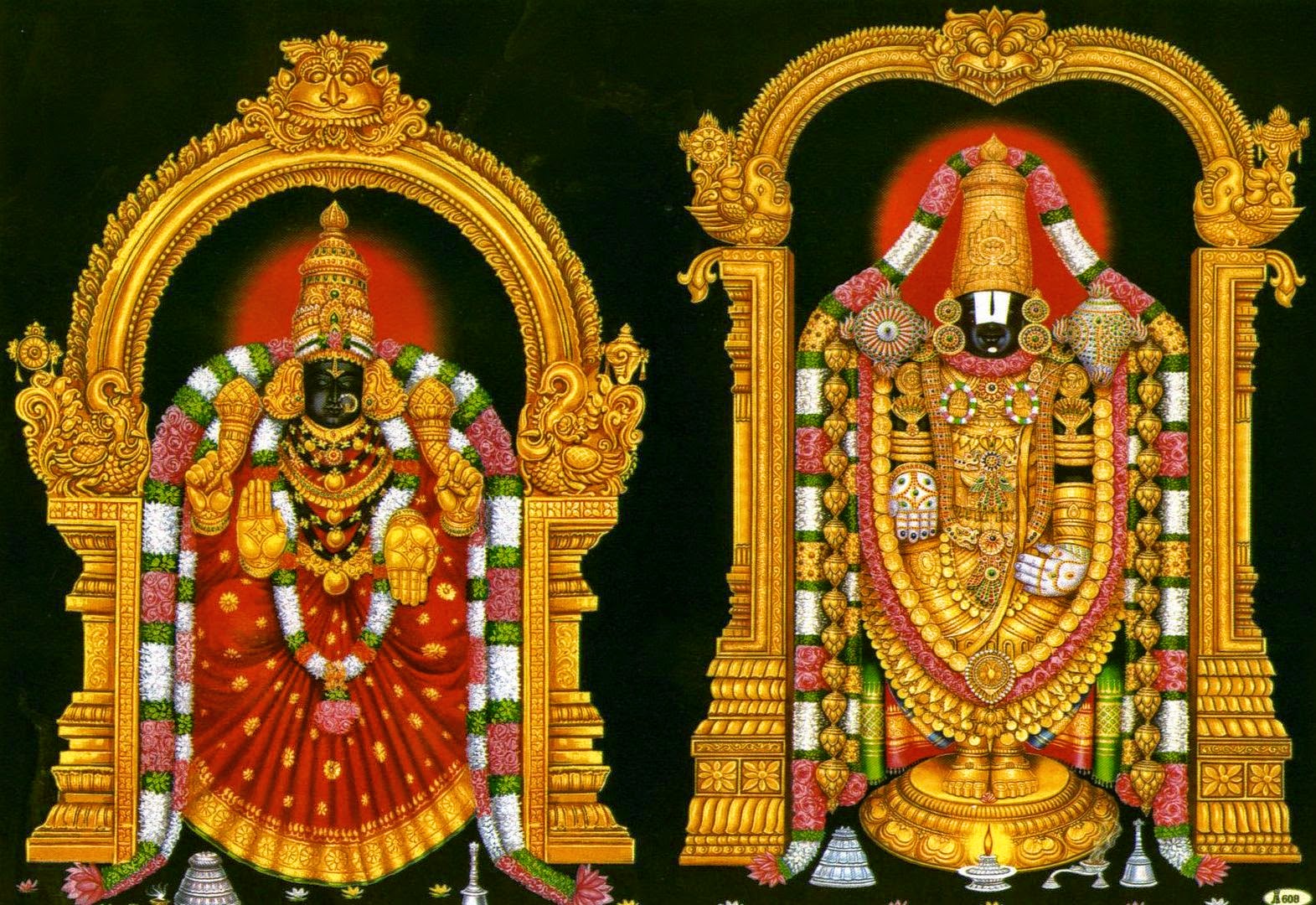The Tree of Life : 3-2. Swami Krishnananda.
=========================================================================
=======================================================================
Sunday, November 13, 2022. 09:00.
Discourse 3: Severing the Root of this Tree of Life-2.
=========================================================================
Chapter 15 – Purushothama yogam :
The Yogam of the Supreme Divine Personality :
Lessons from the Analogy of a Banyan tree :
========================================================================
Discourse 3: Severing the Root of this Tree of Life-2.
Theory and practice are not bifurcated as the North Pole and the South Pole. Idea expressed is action, as I mentioned previously. As water condenses into ice, thought manifests itself as activity. In the same way as water and ice are not different—it is water itself that has become ice, and they are not two different things—likewise, it is the idea that has become practice. Science becomes technology. We cannot have merely a technological organisation without the scientific concept and knowledge preceding this practice.
The aim is the fulfilment of the system of practice, but it is preceded by the important conditioning factor of the ideological structure in one's own consciousness. The ultimate realisation of the aim is the concretisation of the theoretical foundation already laid in one's consciousness.
Some centuries back there was a great German thinker called Hegel. He had a system which is hard to understand for lay persons, according to which he developed a thought from the barest minimum of concepts available to human minds, not taking a stand on a phase of experience which is unintelligible. Take the lowest minimum, the irreducible minimum of content of thought, as the foundation of the development of your ideas, and gradually raise the structure of thought until you reach what he calls the Absolute Idea. The Absolute Idea is the idea of there being such a thing called the Absolute, the one not being separable from the other. Your idea of the existence of the Absolute is inseparable from the content thereof. This idea, which is so vast, has to get tagged on to the idea of the external object called the universe. Then there is a necessity for the union of this idea of the Absolute with the content thereof, namely, the physical universe. This union is Absolute experience. This is what we may call God-realisation. When consciousness becomes one with its content and the content does not remain something outside as a perceptional category, that state of conscious experience is called spiritual realisation or God-realisation.
This principle is also emphasised in the Bhagavadgita. It is a Brahma Vidya, or the science of the Absolute, and by science what we mean here is the ideological structural basis for its expression as spiritual practice, which is called yoga. Thus, yoga is an external manifestation of the internal foundation of Brahma Vidya, so it is necessary that we should know where we stand. All enterprise, all business, all activity, if it is to become successful and fruitful, has to be based on a correct understanding of one's own station in life. There is not to be that mistake of underestimation or overestimation of oneself. Neither are we nothing, nor are we everything. We are in the middle, between the two phases. This is a great difficulty for seekers because nothing can be harder than the assessment of oneself by oneself. We cannot exactly know where we stand in this world, what our relationship is with the atmosphere in which we are living. That is why the need for a Guru arises—a teacher, a guide, a master who has trodden the path and knows the various steps to be taken and the stages to be passed through.
I am placing this divergent introduction before you because I had occasion to hear from a sincere sadhaka that what he requires is immediate practice and immediate experience. This is not to be unless the mind is cleared of all its cobwebs of entanglement with phenomenal experience. The mind will not concentrate, whatever be the effort we put forth, because the mind which we think is our mind is really everybody's mind. It is not our property, and therefore it will not be possible for us to restrain it. If it is ours, we may handle it in the way we like; but unfortunately for us, the mind we are contemplating is one facet of a large structure of universal psyche, and it is not possible to control, regulate, handle or manipulate a part of a large organic continuum without knowing and learning the art of controlling this entirety of continuum. There is no such thing ultimately as my mind and your mind, and to imagine that I can control my mind independent of relationship with other minds would be a fallacy of approach. Most people fail in their attempt at concentration of the mind because they think their mind is theirs and that this so-called mind of theirs has no connection with other things in the world.
Now, this subject we have been discussing for the last two days is capable of throwing sufficient light on the problem of spiritual meditation or the practice of yoga, as we may call it. We were trying to analyse and understand the great analogy of the tree of life the Bhagavadgita presents before us in the Fifteenth Chapter. We had taken sufficient time to go into the deeper intricacies of the nature of this tree of life, the way in which it grows, and the purposes for which it intends to move and grow.
*****
To be continued
========================================================================












Comments